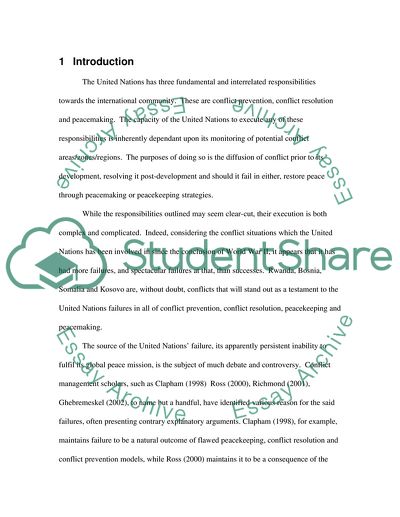Cite this document
(“Using historical examples account for the differences between Essay - 1”, n.d.)
Using historical examples account for the differences between Essay - 1. Retrieved from https://studentshare.org/miscellaneous/1539850-using-historical-examples-account-for-the-differences-between-peacekeeping-and-collective-security-compare-these-concepts-to-those-outlined-by-boutros-boutros
Using historical examples account for the differences between Essay - 1. Retrieved from https://studentshare.org/miscellaneous/1539850-using-historical-examples-account-for-the-differences-between-peacekeeping-and-collective-security-compare-these-concepts-to-those-outlined-by-boutros-boutros
(Using Historical Examples Account for the Differences Between Essay - 1)
Using Historical Examples Account for the Differences Between Essay - 1. https://studentshare.org/miscellaneous/1539850-using-historical-examples-account-for-the-differences-between-peacekeeping-and-collective-security-compare-these-concepts-to-those-outlined-by-boutros-boutros.
Using Historical Examples Account for the Differences Between Essay - 1. https://studentshare.org/miscellaneous/1539850-using-historical-examples-account-for-the-differences-between-peacekeeping-and-collective-security-compare-these-concepts-to-those-outlined-by-boutros-boutros.
“Using Historical Examples Account for the Differences Between Essay - 1”, n.d. https://studentshare.org/miscellaneous/1539850-using-historical-examples-account-for-the-differences-between-peacekeeping-and-collective-security-compare-these-concepts-to-those-outlined-by-boutros-boutros.


